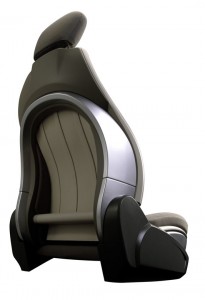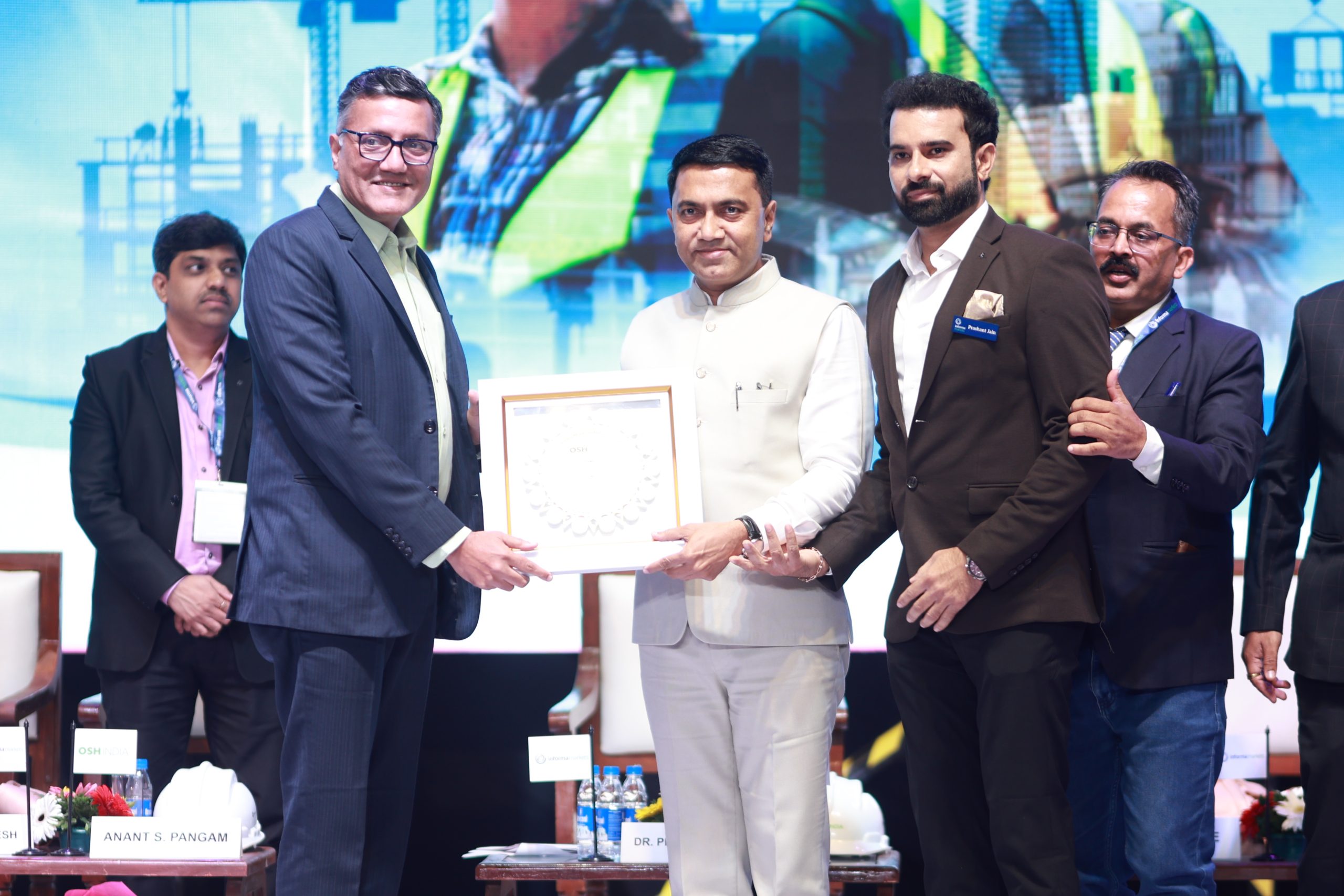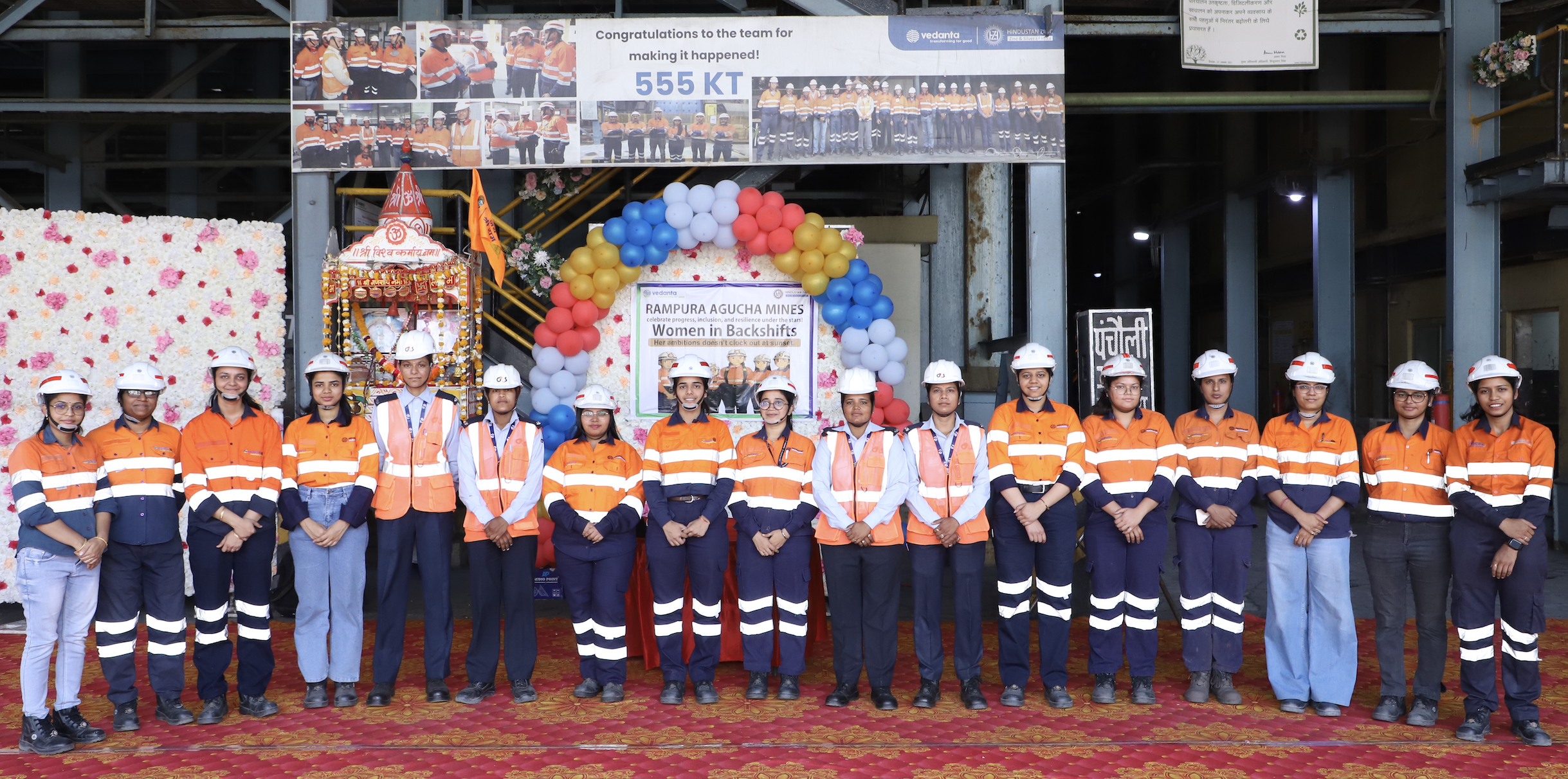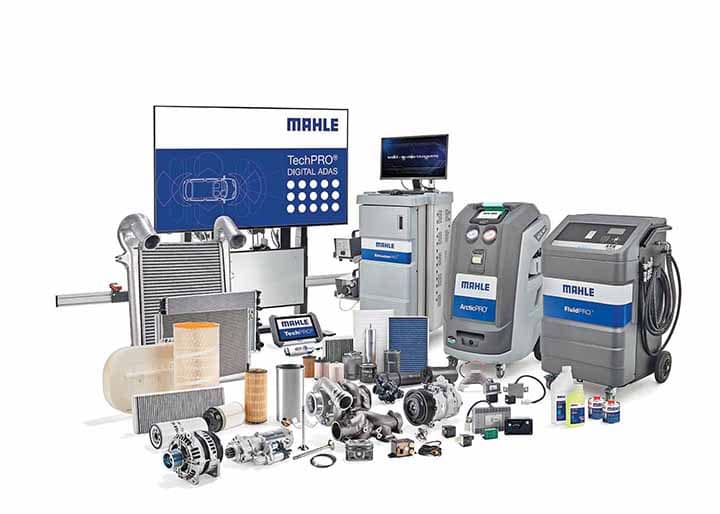Combination of steel and aluminum in laser-welded tailored tubes offers attractive savings potential in high-volume seat back production
Johnson Controls, a global multi-industry company, is investing in an automotive research project that combines two approaches to lightweight construction for the first time. The partners from science and industry are working on tailored tubes made of a hybrid of steel and aluminum. The result could be a 10 to 20 percent reduction in weight, which would be beneficial for fuel and emissions balance.
 Tailored tubes are already used to a great extent in the large series production of vehicle seats, but here they consist of steel and aluminum of various wall thicknesses. As part of the research project “Hydroforming of laser-brazed tailored hybrid tubes of a steel-aluminum blend for automotive lightweight construction (IHU-THT)” underway since March 2014, project partners are researching the opportunity to make use of the significant weight advantages of aluminum by combining it with steel in the hollow components.
Tailored tubes are already used to a great extent in the large series production of vehicle seats, but here they consist of steel and aluminum of various wall thicknesses. As part of the research project “Hydroforming of laser-brazed tailored hybrid tubes of a steel-aluminum blend for automotive lightweight construction (IHU-THT)” underway since March 2014, project partners are researching the opportunity to make use of the significant weight advantages of aluminum by combining it with steel in the hollow components.
“The primary challenge is first connecting the steel and aluminum tube segments,” explained Andreas Eppinger, group vice president technology management, Johnson Controls Automotive Seating. “The hollow components are given their final geometry by means of hydroforming. Conventional bonding processes such as welding are not suited for the connecting welds between aluminum and steel because they cannot withstand the extreme pressure from the fluid medium during the hydroforming process.” The research team, consisting of scientists from the Institute for Integrated Production (IPH) and the Hanover Laser Center (LZH), is using laser-brazing to create a sturdy and durable weld. During the project’s 24-month duration, scientists, companies in the field of laser technology, and automotive suppliers and manufacturers will be working intently to optimize the production process and prepare for industrial applications such as automotive body parts, impact protection for doors and seat cross members.
“We are currently investing first and foremost in development and simulation services, and supporting the project with extensive component tests. In the next step, we will produce the components and then present a concept seat with a THT back,” said Eppinger.
The project, supported by the Federal Ministry for Economic Affairs and Energy as well as the Research Association for Automotive Technology (FAT), offers Johnson Controls several approaches with enormous future potential that are to be validated in the course of the project. “For one, we could realize an enormous reduction in weight with seat backs made of hybrid tailored tubes, not only from the lighter material mix of steel and aluminum, but also from using fewer components. We are also researching the option of a direct, high-strength integration of the seat back recliner. This way we could finally do away with the additional required adjustment parts and create global production processes that are both faster and more efficient,” said Eppinger.
In addition, attractive design options are opened up with the extremely load-specific design of the seat back components. In designing its concept frame, Johnson Controls is using an optical lightweight construction with concave contours: an ultra-thin frame design with concave surfaces on the rear of the seat back will offer rear seat passengers unusually generous knee space and significantly increase package and ease of use.











Leave a Reply